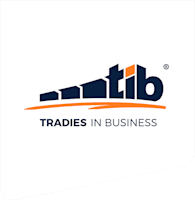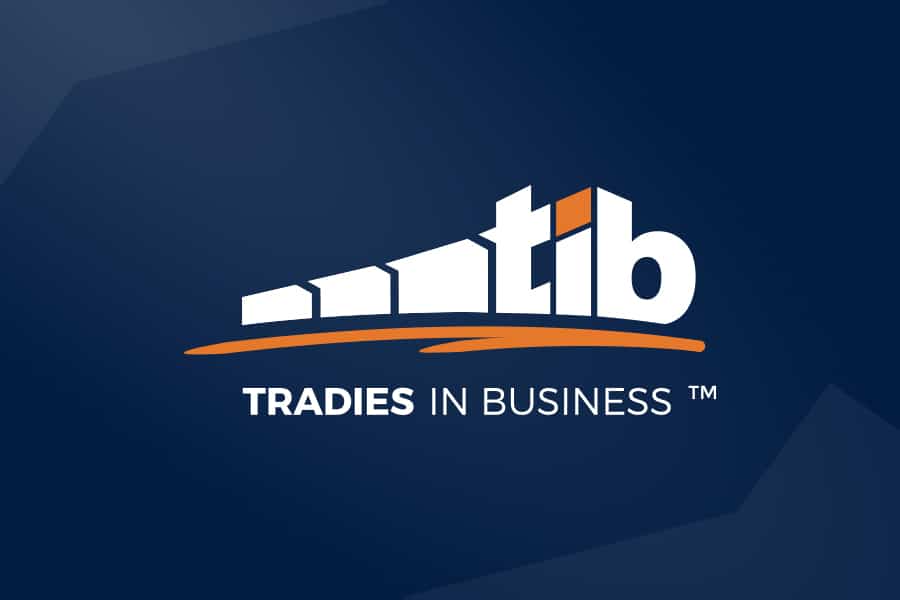In addition to watching their backs this Tradies National Health Month, Tradies are being encouraged to ensure their safety practices are up to scratch to avoid serious injury or even death.
It comes as Australia’s tradies continue to have among the poorest health and safety conditions of workers across all sectors. Statistics have shown that 1 in 5 serious workplace injuries involve someone working as a tradie.
Tradies also have among the highest serious injury and disease compensation claims in Australia, according to Safe Work Australia data. Labourers, technicians, and machinery operators and drivers are among the top four occupations when it comes to number of serious injury claims.
The majority of serious claims are from injuries and musculoskeletal disorders, including traumatic joint, ligament, muscle and tendon injuries. While backs still present the highest proportion of body stress injury claims, other body parts affected include upper limbs, lower legs, hips, and the abdomen.
During Tradies National Health Month, it’s a good to remember that health and safety is the joint responsibility of employers and employees according to Matt O’Connor from Employsure. “Everyone—from tradies to their employers, unions, and government—has a role to play in getting tradies to be proactive about managing and preventing health conditions.”
To help tradies and employers understand the risks facing tradies, here are five of the most common hazards to watch out for.
1. Heights.
Falls from roofs, ladders, scaffolding and other heights account for around 25 per cent of all workplace fatalities, according to WorkSafe Victoria.
Many trades-related occupations can require an individual to work from heights. Whenever a tradie is working from height, they are at risk of a serious injury or even death.
Fortunately, simply strategies can be put in place to avoid these accidents. In particular, employers should provide all at-risk individuals with necessary fall-arrest systems, training, and a Safe Work Method Statement (SWMS).
2. Asbestos.
Despite being banned from use for many years, asbestos remains an ongoing threat to tradies health. When a tradie works on an older site or structure, there is a significant risk of being exposed to deadly asbestos fibres.
It is important for anyone working in environments that contain asbestos to access the necessary information and guidance. For instance, older buildings should have a register that indicates the presence of asbestos so workers can avoid dangerous areas.
Additionally, providing asbestos awareness training will ensure workers are able to monitor and identify asbestos fibres in any workplace.
3. Electricity.
Over the past four years more than 2000 people have received electric shocks in NSW workplaces alone. Six were permanently disabled and five died. Electricity is a major concern for tradies, as their occupation may involve working directly with wires and other electrical equipment. For others, it is less of a persistent threat but can still pose a risk when working in certain locations.
Any tradie who comes into contact with electricity during the undertaking of their duties can follow a few simple practices to ensure their own safety. These include personally checking wires and equipment are not live before handling them, wearing the necessary protective equipment, and dialling before digging.
4. Lifting.
Musculoskeletal disease is one of the most common injuries reported among tradies, with the cause usually being unsafe lifting procedures.
Back pain and muscle sprains are typical results of incorrect lifting, and these injuries can seriously affect a person’s ability to continue physical work. If a tradie was to permanently injure their back, they could lose their entire income due to not being able to complete the tasks they are trained for.
It is therefore crucial that practices are put in place to promote safe manual handling techniques, such as warming up and stretching before undertaking any strenuous labour. Employers should carry out risk assessments for all lifting since the safe limit depends on so many variables such as the individual involved, and the height and distance required to carry the object.
5. Noise.
Excess noise can also be a risk when operating a heavy vehicle or working close to other construction work sites. It’s important to put preventative measures in place and provide earmuffs or plugs. Regular noise exposure can lead to permanent loss of hearing, so don’t overlook excessive sounds on site.
Matt O’Connor is the National Work Health Safety Practice Leader at Employsure – Australia’s leading workplace relations firm specialising in helping businesses comply with health and safety legislation, as well as ensuring that employees’ health and safety needs are taken care of.
For tailored advice on how to keep your tradies safe at work, visit Employsure. For more on Tradies National Health Month visit www.tradieshealth.com.au.

